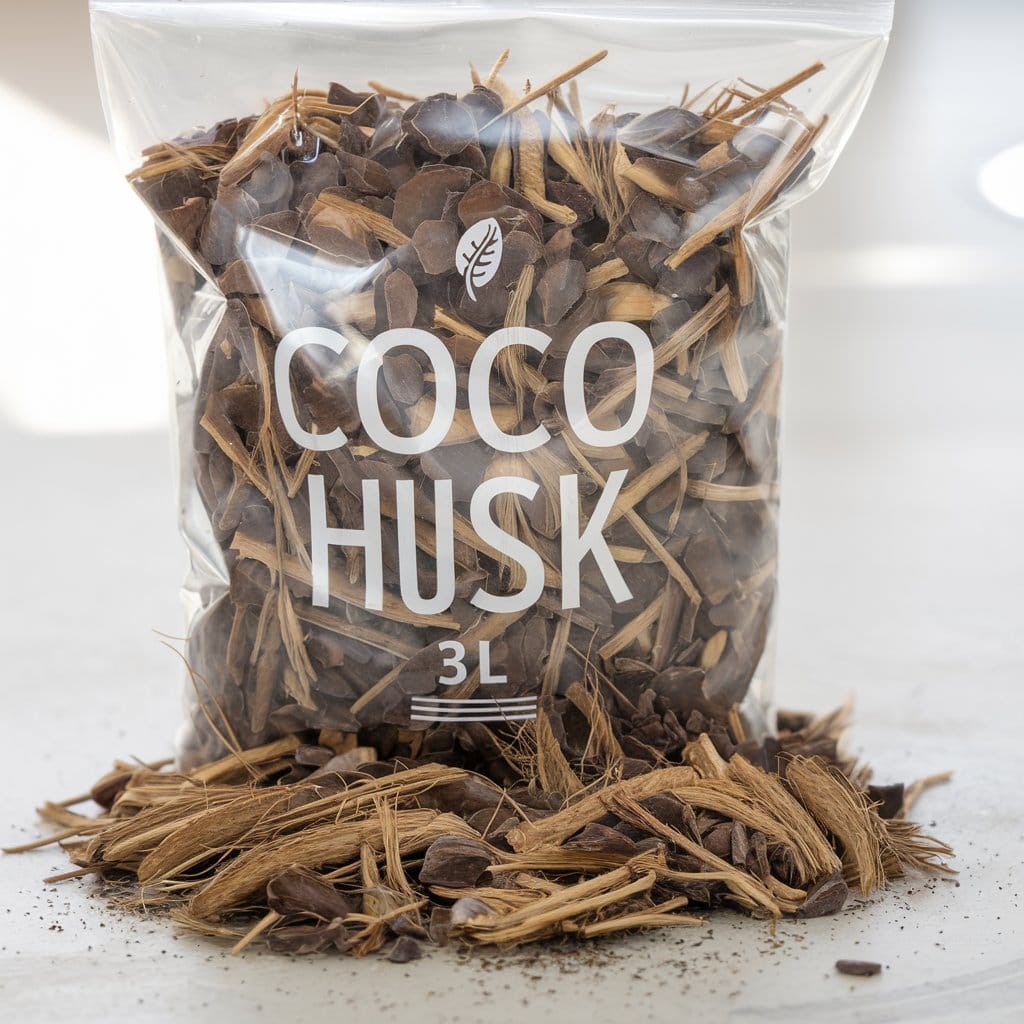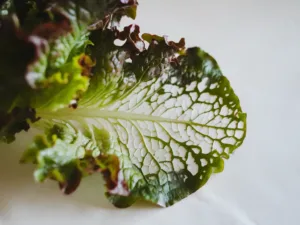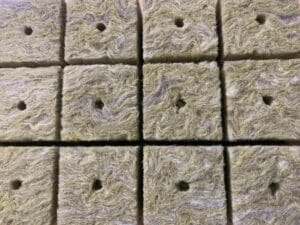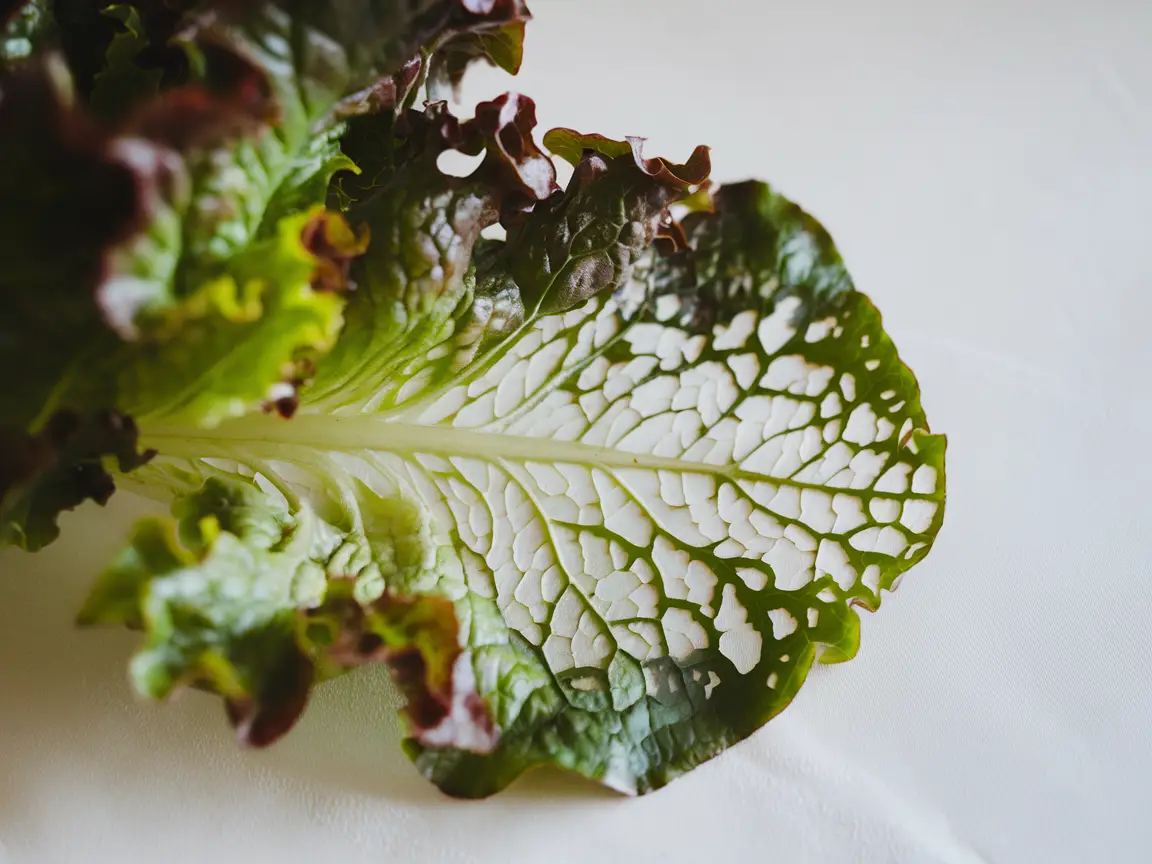What Are Coconut Husks? An Overview of the Material
Coconut Husks consist of coarsely cut pieces of coconut husk. As a byproduct of the coconut industry, they are more environmentally friendly than some mineral substrates. The coarse structure of the chips allows for good aeration and provides a stable base for roots. However, they also have properties that can make their use in hydroponics challenging.
Advantages of Coconut Husks in Hydroponics
Coconut Husks offer several significant advantages:
- Good Aeration and Drainage: Their coarse structure provides excellent aeration for roots and prevents waterlogging.
- Sustainability: Coconut Husks are a renewable substrate, derived from an agricultural waste product. They are compostable and have a smaller ecological footprint compared to some other substrates.
- pH Neutral: Coconut Husks have a nearly neutral pH, making them safe for many plant types.
Despite these attractive benefits, using coconut husks as a sole substrate solution can often be problematic.
Challenges and Drawbacks of Using Coconut Husks
Coarse Structure and Limited Water Retention:
The coarse structure of coconut husks does not retain water as effectively as finer substrates, making them generally unsuitable as a standalone substrate solution. While they offer good drainage and aeration, their water-holding capacity is limited. Plant roots may dry out in pure coconut chip substrates, especially if the irrigation system is not optimally configured.
Slow Water Absorption:
Coconut husks take some time to fully absorb water, which can cause issues in hydroponic systems, particularly at the start when plants may not receive enough water. The substrate can dry out quickly, especially in the first few days after installation, necessitating close monitoring of watering cycles and adjustments to the nutrient solution to ensure plant health.
Salt Residues and Pre-treatment
Coconut husks can contain natural salts that may harm plants. Thorough pre-treatment by washing and rinsing is essential. This preparation can be time-consuming and must be done carefully to minimize the risk of salt damage.
Decomposition Over Time:
While coconut husks have a relatively long lifespan, they do eventually break down, which can lead to substrate compaction and reduced drainage. Regular inspection and, if necessary, replacement of old substrate are needed to maintain optimal growth conditions.
Which Hydroponic Systems Are Suitable for Coconut Husks (Despite Their Challenges)?
Due to their characteristics and challenges, coconut husks are best suited for use in combination with other substrates or in certain systems:
- Drip Systems with Substrate Blends: A mix of coconut husks with coconut fiber or perlite can provide a balanced blend of water retention and drainage. This mixture is well-suited for drip systems, where even water and nutrient distribution is essential.
- Ebb and Flow Systems: In ebb and flow systems, using coconut husks in combination with expanded clay or other substrates can leverage the benefits of good drainage while also improving water retention.
- Pot Systems with Additional Irrigation: In pot systems, coconut husks can be used as a drainage layer, while finer substrates like coconut fiber or vermiculite form the main substrate. This allows for better control of water absorption and reduces the risk of drying out.
Tips for Using Coconut Husks: How to Avoid Common Mistakes
- Mix Coconut Husks with Other Substrates: For most hydroponic applications, coconut husks alone are not ideal. A mix of coconut husks and other materials like coconut fiber, perlite, or vermiculite can improve the properties.
- Monitor Watering Closely: Because of the slow water absorption and limited water-holding capacity of coconut husks, it is essential to monitor watering carefully. Long intervals between waterings can cause root dehydration.
- Regular Substrate Maintenance and Replacement: Coconut husks should be regularly inspected to ensure they are not decomposing or clogging the system. If decomposition is evident, the chips should be replaced to maintain the efficiency of the hydroponic system.
Are Coconut Gusks the Right Choice for You?
Coconut husks can offer many benefits in hydroponics, but they are not the perfect substrate for every situation. Their coarse structure and limited water-holding capacity often make them unsuitable as a sole substrate. However, if you are willing to mix coconut husks with other substrates and monitor your watering cycles carefully, they can be a sustainable and effective choice for your hydroponic project.
Consider the preparation needed and the importance of monitoring your plants closely to achieve the best results. Experiment with different combinations and share your experiences with the community – sometimes, it’s the experimentation that leads to the perfect solution!









